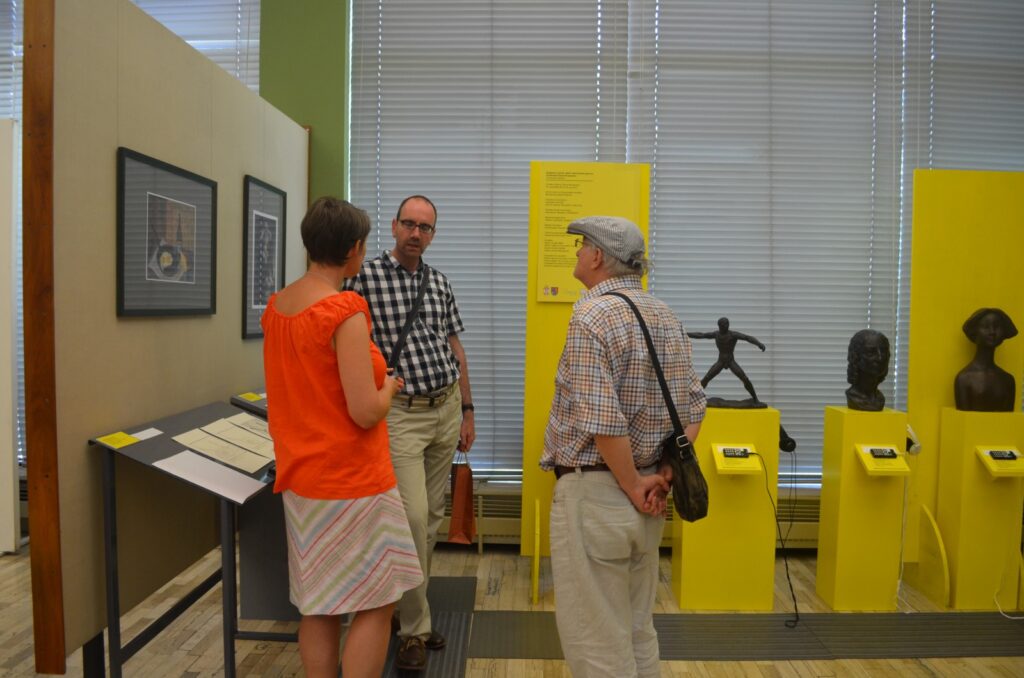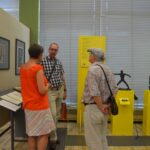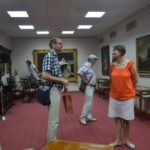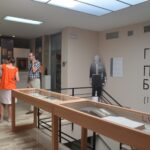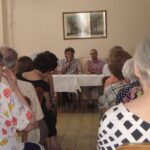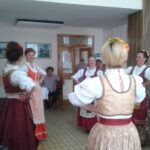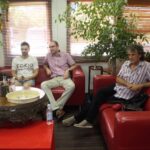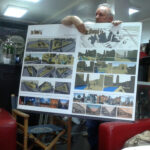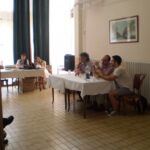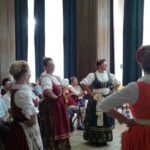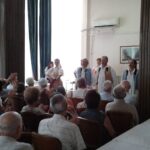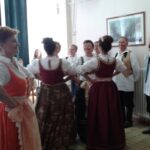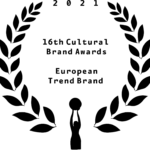In the organisation of the Programme Council and Organisation Team Novi Sad 2021, Novi Sad was visited by Márton Méhes, artistic consultant on the project of Novi Sad in 2021. Mr. Méhes was an artistic director of the project European Capital of Culture – Pécs 2010, which was successfully implemented, he joined the project Novi Sad 2021 in its final stage – preparation of application.
To get better acquainted with the cultural resources of our city for Mr Méhes attended a series of meetings and discussions with representatives of cultural institutions, cultural figures, media and citizens. During his two-day visit to Novi Sad he visited The Museum of Contemporary Art of Vojvodina, The Pavle Beljanski Memorial Collection and The Gallery of Matica Srpska, where had a chance to see a joint project between these two institutions Summer in Galleries’ Garden, ‘Artistic Circle’ Association of artists of the Petrovaradin Fortress, ‘Petofi Sandor’ Hungarian Cultural Centre, Gerontology Centre, where the veteran folk ensemble of ‘Sonja Marković’ Cultural and Artistic Society prepared the programme, ‘Manual’ company and ‘Izba’ café gallery.
– What I can point out is that we have encountered the most open and sincere support and understanding from everyone that we have visited in the last two days. They are all willing to help and they all want to participate in our joint candidature. Márton Méhes drew attention to the unavoidable fact that all of us contribute to what kind of value and emotion will Novi Sad highlight in the application, because that will be crucial for the European Commission because it is this emotion that will single out our city among others, and result with the title of European Capital of Culture in 2021 – said Momčilo Bajac, President of the Programme Council for the candidacy of Novi Sad for the European Capital of Culture in 2021, who was a host to Márton Méhes.
Although he was already three times in Novi Sad on different occasions, what he saw during this visit, left the remarkable impression on Márton Méhes, and he often pointed out that Novi Sad with these resources has really big chances to be European Capital of Culture in 2021.
– This is my most meaningful visit to Novi Sad. We had a packed schedule, however we managed to achieve what we wanted and that was to meet not only with the official cultural institutions but also with those, so to speak, ‘unusual’ places where real culture emerges. It is important to tell people to cooperate with us because many think that only official, state institutions are creating a programme for the ECoC. But it is not like that, on a contrary, it is very important that all groups of citizens recognise that. For Europe, is important to show the emotion that is inherent to the city and not just the content of the programme. Novi Sad indeed has a lot of potential on all grounds.
In a discussion with Momčilo Bajac, President of the Programme Council for the candidacy of Novi Sad for the ECoC in 2021 and Borivoje Popražan, President of ‘Artistic Circle’, Márton Méhes had a chance to see monograph of the ‘World map of the Petrovaradin Fortress’ and the 15th anniversary annual exhibition of the ‘Artistic Circle’ which is currently in progress as well as a programme that ‘Artistic Circle’ officially offered in the call for ideas for the candidacy of Novi Sad for European Capital of Culture. When the artists explained that it is the oldest and the only artistic colony in the world that has been continually working for 60 years, and when he was told that he could, as tourists regularly do, feel free to enter in any of the 76 studios if the entrance gate is open, he only commented: ‘That would be a good motto for the year when Novi Sad gets the nomination: ‘The gate is open’. He didn’t know for a fact that Maria Therese declared the institution of independent artists for the first time right at the Petrovaradin Fortress, but after a visit to the ateliers of Bate Nedeljković, Rajko Bosanac, Bojan Kiridžić, Miroslav Nonin, Dragoslav Višekrun, Srđan Soldatović, Pavel Pop, Borivoj Popržan and others he concluded that ‘the Empress knew what she was doing’ and the artists are certainly giving back with the riches of their free creativity.
– This is something I haven’t seen or experienced anywhere. I felt so much creative energy here. Each studio is a story for its self, each artist is so different. Don’t change anything here everything should stay the way it is. Everything is really impressive, the Fortress itself and all the creative energy that pulsates there. This is very important because when it comes to European Capital of Culture – it is not just about money, economics, tourism, it is about emotions and how people who live in this city can freely express themselves, how much they feel the city as their own. The atmosphere and ambience of the studio at the Fortress are so good that I told them that nothing should be changed but simply attract more citizens especially younger ones to ‘discover’ all that energy, and artist are already doing that. The place itself is unique. – said Márton Méhes.
On Saturday they visited the Gerontology Centre and talked with elderly people in Novi Sad which is very important because no part of the society should think that they couldn’t participate in the European Capital of Culture.
– We talked to them so that they don’t get the impression that all this that is happening with the candidacy is ‘only for younger’, because European Capital of Culture implies creative, fulfilled and high quality life for all in the city. European Capital of Culture is concerned with all citizens and will not succeed if it doesn’t reach all generations in the city, all social and other groups. I just wanted to point out a few examples on our way to the candidacy, to show that we are not waiting for people to turn to us, but we go to them and show them the importance of the project and the possibility of their participation in all of this – said Mr Méhes.
After talking to them, the senior citizens shared their observations and ideas about the candidacy of Novi Sad for the ECoC. They feel like it is necessary to work on social behaviour which needs to be improved because city doesn’t need to be destroyed with graffiti, instead graffiti could be turned into art, into murals, at certain locations planned for it. It is also necessary to reduce vandalism and work on polite behaviour as much as possible. We should set an example to show young people how to behave towards the city because citizens should not behave politely only to each other but also to their city. Since Gerontology Centre publishes its own magazine three times a year there was a suggestion to make a double issue or that September issue should be dedicated to the candidacy of Novi Sad to the ECoC. This issue would be dedicated to advice from the elderly to the young on how to respect their city. This wouldn’t be addressed only to the young, but also to the city government, and the elderly could convey what is culture for them, what is missing in the city in order for it to be considered a city of culture. Márton Méhes gave a proposition to create a tour where instead of a tour guide story about some locations would be told by the oldest citizens, and this wouldn’t be a historical background of the location but personal stories of older people because they are the ‘living memory of the city’. In the Gerontology Centre Mr Méhes had a chance to see veteran folklore ensemble of ‘Sonja Marinković’ Cultural and Artistic Society which presented a part of their repertoire in front of the elderly citizens.
